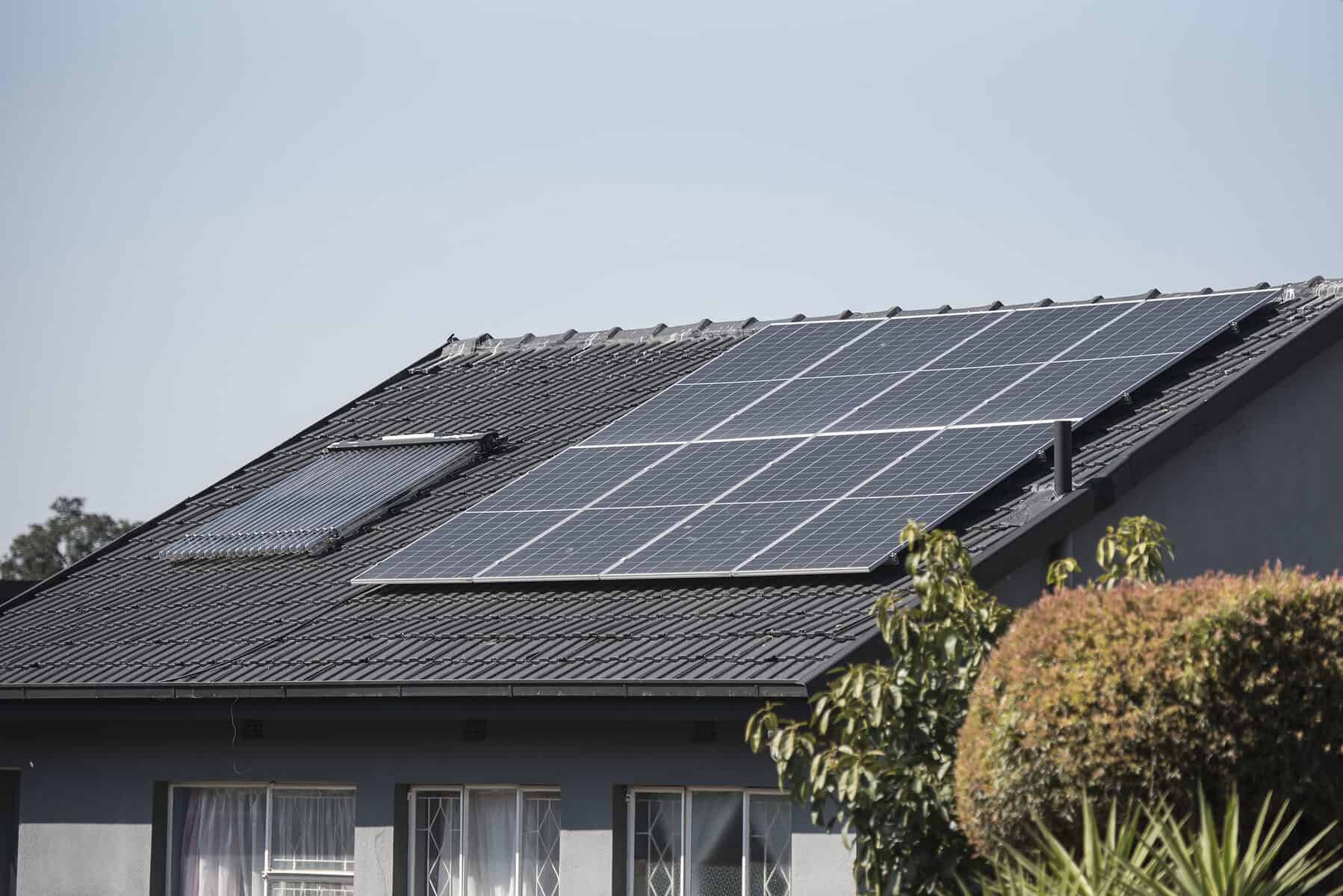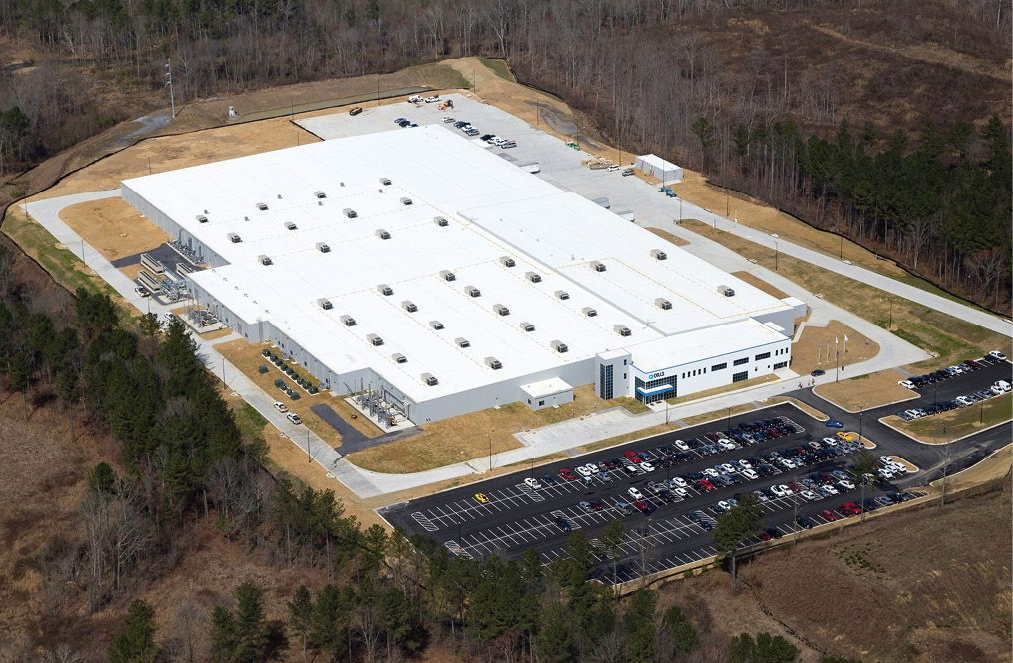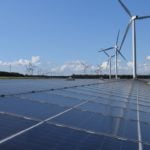While City Power encourages voluntary solar registration, homeowners remain confused as Eskom and municipalities apply different rules.
There is still uncertainty surrounding registration of home solar systems, with either Eskom or municipalities, as Johannesburg’s City Power confirms its meter readers are scouting for the locations of such systems.
Randpark residents said this week that meter readers had been asking about solar power systems and had been seen photographing rooftop solar panels on houses.
City Power begins checking solar systems
City Power spokesperson Isaac Mangena said City Power was in the process of registering small-scale embedded generation systems such as rooftop solar photo-voltaic installations.
“While registration is not yet being enforced, customers are strongly encouraged to begin the process voluntarily to ensure compliance with National Energy Regulator of SA (Nersa) regulations,” he said.
Mangena said meter readers visiting households were conducting standard meter audits that may include noting the presence of rooftop solar panels or related infrastructure.
“This is part of routine data collection,” he said. Mangena said City Power was developing measures to identify unregistered systems in the future, including the possible use of satellite and drone-based detection, he said.
“There is currently no official or forced registration drive underway,” he said.
An off-grid does not have a connection that ties the generator to the Eskom electricity distribution network. This type of configuration does not need authorisation from Eskom or Nersa registration. Information and graphics: Eskom
‘Grid safety’
Mangena said Nersa’s licensing threshold was 100kVA, which means systems below this capacity are exempt from requiring a generation licence.
However, this does not exempt them from the obligation to register with the distributor, in this case, City Power.
“The focus on smaller suburban setups is aligned with national guidelines and City Power’s obligation to maintain grid safety, stability and visibility of all systems connected to its network.
ALSO READ: South Africa gets R8.4 billion loan to help fix and improve its energy sector
“Even small systems can pose risks such as back feeding, phase imbalances or grid disturbances if not registered and properly integrated,” he said.
Mangena said about 1 100 systems have been voluntarily registered. “City Power is working to simplify the process. Registration requires customers to submit documentation, including a certificate of compliance, single-line diagram and a completed electricity supply application form.
“Once the installation is inspected and approved, the customer may qualify for a smart bi-directional meter, which will allow for both consumption and feedback tracking,” he said.
Generation systems already connected to the grid can take advantage of battery storage. This means being able to store solar energy generated during the day and using it at night. Information and graphics: Eskom
Eskom and City Power have different registration routes
Eskom launched a campaign in April to help residential owners of small-scale embedded generation systems, including photovoltaic installation systems, comply with the National Energy Regulator of South Africa (Nersa) regulations.
These regulations require all owners in Eskom-supplied areas to register with Eskom.
Eskom has, however, referred owners of solar systems in non-Eskom-supplied areas to their local municipality.
Eskom’s registration demands rejected
While Organisation Undoing Tax Abuse (Outa) CEO Wayne Duvenhage said Outa would challenge Eskom’s decision, AfriForum has added fuel to the fire and maintained that Eskom’s registration requirements for grid-tied solar power systems have no legal basis.
AfriForum local government affairs manager Morné Mostert said Eskom could not threaten or force people to register their systems through statutory requirements, nor fine them.
Mostert added that Eskom wants its hands on people’s data – potentially for solar tariffs in the future.
AfriForum advisor for local government affairs Deidrè Steffens said what frustrates people is that Eskom’s underperformance over the past few years has forced people to install solar panels, especially industries and farmers, who had to do it for survival.
ALSO READ: Are municipalities failing — or are residents just unable to pay? Why many are turning to off-grid living
In this generator network configuration, any surplus generated energy may be exported into the grid.This type of grid-tied generator connection requires Eskom authorisation and registration with Eskom or Nersa. Information and graphics: Eskom
Concerns over high costs and engineer bottlenecks
“It has already cost them a lot of money. Now they will have to pay an extra R20 000 to R50 000 for the engineer’s certificate,” she said.
Steffens said it didn’t make sense for an engineer to inspect a small solar system, adding that Eskom’s requirement that small-scale embedded generation systems customers get an electrical engineer registered with the Engineering Council of SA to sign off on the system was not a prescribed requirement.
“The enforceable National Rational Standards say nothing about the requirement for engineer sign-off; it primarily speaks of an accredited technician who must sign off on the system.”
Steffens warned that it could create a bottleneck because only a handful of electrical engineers are available across the country to inspect installations.
She said the requirement would cause a big bottleneck in registrations.
More confusion as municipalities apply own rules
Association for Renewable Energy Practitioners president Carel Ballack said each municipality has its own rules.
“There are 177 municipalities that can sell power. Eskom is just one of the utilities that have its own rules for connection,” he said.
Ballack said it depended on the municipality and on how thoroughly an installation has been done.
“If you were to register through Eskom, that will be about R2 500 for the administration fee and then Eskom will send someone to look at the infrastructure. They’ll probably change the meter. That’s R6 000 and upwards.
“Then you must have other compliances in place. If you don’t have an engineer sign-off, that can set you back R4 500 for the line diagrams and sign-off.”
NOW READ: Identifying the bugs in SA’s long-promised infrastructure boom
https://www.citizen.co.za/news/homeowners-caught-in-solar-registration-grey-zone/





